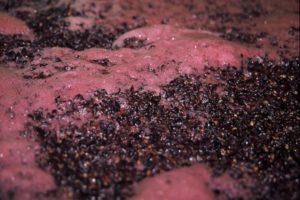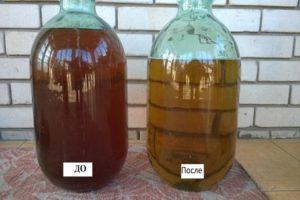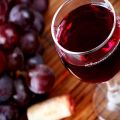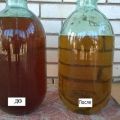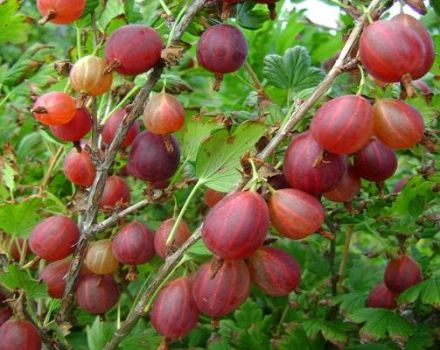How to clarify wine with gelatin at home, rules and proportions
After fermentation of home-made wine, the consistency often remains cloudy due to must, tartar and yeast particles. It is recommended to clarify the drink before bottling it. Many different substances are used for this procedure, and a common option is to clarify the wine with gelatin.
The principle of clarifying wine with gelatin
The process of clarifying wine, which is also called pasting, is the binding of unwanted particles and their subsequent transfer to the sediment. This is possible due to the content of tanning and protein compounds in gelatin. When interacting with an alcoholic beverage, the compounds form large flakes from small particles, which can settle to the bottom of the container within a couple of days. As a result, the wine becomes cleaner and acquires a transparent or translucent consistency.
Purification of wine in a domestic environment is considered a laborious procedure, but it plays a significant role, since a pure product has a higher quality index. At the same time, there is always a risk of spoiling the quality of the product.
When clarifying an alcoholic beverage, it is important to adhere to the required amount of clarifier, since a lack of it will lead to poor results, and exceeding the dosage will ruin the wine and worsen its original characteristics.
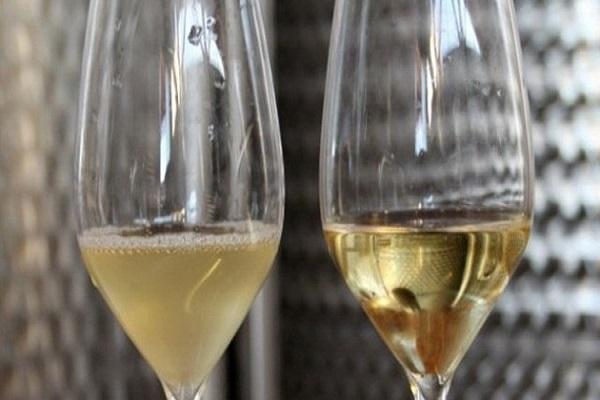
Advantages and disadvantages of the method
The widespread use of gelatin to clarify wine is associated with many positive aspects. The list of the main advantages of the procedure includes the following:
- Clarification of self-made wine removes unwanted clumps and gives the alcoholic beverage a clean structure.
- As a result of gluing, the maximum shelf life of the product is extended. In doing so, it is important to provide favorable storage conditions, including a suitable temperature, moisture index and protection from UV rays.
- The procedure helps to comprehensively get rid of all impurities, regardless of the nature of their origin. As a result of clarification, must particles, yeast, tartar residues and other undesirable components are precipitated.
The ability to clarify an alcoholic beverage also has several disadvantages. The main disadvantage is the risk of spoiling the wine and making it worse than it was before the procedure. In addition, to obtain the desired result, it is often necessary to carry out pasting many times, which takes a lot of time and effort.
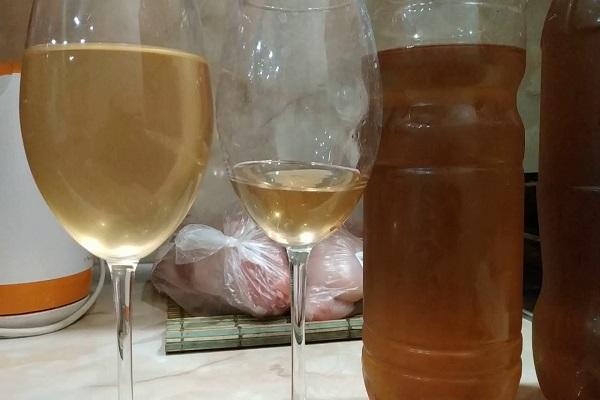
How to apply the brightening agent
Pasting wine at home requires a responsible approach. In order to avoid mistakes when cleaning the drink, you need to follow the step-by-step instructions. Before proceeding with the procedure, you need to make sure that the drink with a cloudy consistency is sufficiently ripe. For this, the bottle is sealed and left in a dark place. If after a couple of days bubbles form inside, it means that the wine needs ripening. When maturing and the presence of turbidity, cleaning is carried out forcibly in the following way:
- For 10 liters of wine, take 0.5-2 g of natural gelatin and pre-soak it for a couple of hours in five times the amount of cold water. Soaking for a day helps to improve the effect of the procedure, but during this period you need to change the water 2-3 times.
- When the gelatin is infused, boiling water is added to it in a proportion equal to cold water, after which the mixture is thoroughly mixed. As a result, a homogeneous solution should be obtained without lumps and with a temperature of about 35-40 degrees.
- A funnel is put on a container with wine and a solution with gelatin is gradually added, pouring in a thin stream and periodically stirring the drink. Then the wine is poured into a tightly closed container and kept in a cool place for a couple of weeks.
- Check the consistency of the alcoholic drink and remove it from the sediment, and then send it for further exposure.
The result of the procedure depends on the initial consistency of the drink and the raw materials. Apple wine is generally easier to clean than plum wine. Also, the final result is influenced by the cooking technology and a number of third-party factors.

Precautions
Trial attempts are recommended before cleaning the wine with gelatin. This will help to calculate the exact amount of the substance and predict the result of the procedure in advance. It is important not to experiment with a large volume of alcoholic beverage at once, as this can lead to a deterioration in product quality.
Having weighed all the risks and advantages of clarifying homemade wine, it should be borne in mind that the procedure will help make the drink beautiful and transparent, as well as extend the shelf life, but will not affect the taste characteristics.
Therefore, it is worth deciding whether to cleanse the wine solely based on personal wishes for the appearance of the product. In fact, clarification is not an essential step in the preparation of the beverage.
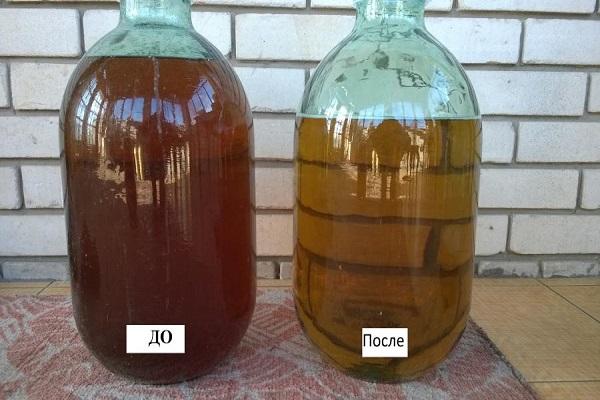
Possible mistakes
The main mistake in pasting is the early addition of gelatin. First, the wine must be aged for 3-5 months, then remove the drink from the sediment and look at its consistency.
If a cloudy structure is observed and you need to achieve transparency, then you can proceed to purification.
Using the wrong amount of clarifier is also a significant mistake. Violation of the recommended dosage leads to damage to the product or no result.
After cleansing the alcoholic drink, you need to withstand it for at least another month. As a rule, it is possible to immediately notice a change in consistency only partially, since it takes time for unwanted particles to settle out.
